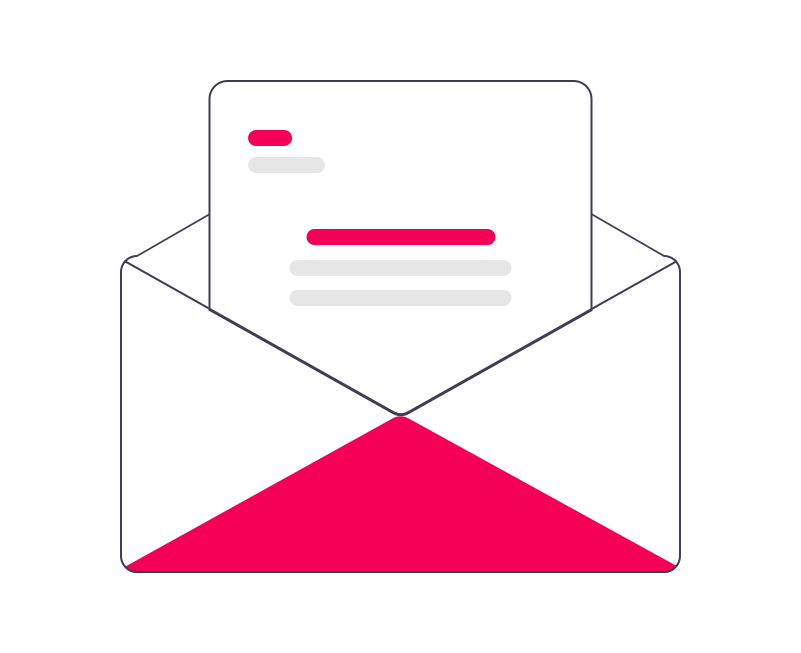What Android Can Do That iPhone Can’t: A Complete 2025 Guide
When it comes to smartphones, the two giants — Android and iPhone (iOS) — have been battling for dominance for over a decade. While both platforms have their strengths, Android has always been known for its customization, flexibility, and range of features that sometimes go far beyond what Apple allows on iPhones. In this article, we’ll explore the unique things Android can do that iPhone simply cannot — at least not without workarounds or jailbreaks.
We'll go in-depth on software, hardware, customization, connectivity, and special tools to show why Android is still the favorite among millions who love freedom and flexibility.
1. True Customization of the Home Screen
Widgets and limited customization have just been added by Apple, but complete control over the home screen has been possible on Android for ages.
On Android, you can:
Swap icons with custom packs from the Google Play Store.
Resize widgets and place them anywhere.
Create interactive widgets with real-time information.
Use special launchers like Nova Launcher or Niagara Launcher to completely transform your interface.
With iPhone, customization remains incomplete — widgets cannot be placed anywhere you want, and icon customization is with tedious shortcuts.
2. Multi-User Profiles & Guest Mode
Some Android phones (especially from brands like Samsung, Xiaomi, and Pixel) allow you to create separate user accounts or a guest mode.
This is great for:
Temporary sharing of your phone.
Having work and personal apps on different accounts.
Preserving privacy without logging out of account.
Apple doesn't offer this on iPhones — only on iPads (and even then, in education configurations).
3. Expandable Storage
The majority of iPhones are locked into whatever storage you buy at the point of purchase, and "upgrading" is buying a whole new device. Many Android phones (although less so in flagships these days) still have microSD card slots, where you can:
Double storage capacity up to 1TB or more.
Simplile easily share files without internet.
Even in the absence of SD card slot, Android can access external USB drives using USB-C OTG (On-The-Go), which is not possible for iPhones without the use of expensive adapters.
4. Headphone Jack & Enhanced Audio Options
Apple discontinued the headphone jack years ago, but Android brands still provide it, and even in the absence of it, Android supports high-resolution audio codecs like LDAC and aptX HD via Bluetooth.
This means:
Better sound quality for audiophiles.
More choice of adapterless headphones as well as adapters themselves.
5. Real Split-Screen Multitasking
Android has long supported two apps side by side (or stacked up) for real multitasking.
Examples:
Browse the web while watching YouTube.
Chat on WhatsApp while looking over documents.
iPhone still doesn't support split-screen mode on iOS — it's reserved for iPadOS.
6. Always-On Display
Most Android phones use AMOLED screens to allow for an Always-On Display with:
Time
Notifications
Battery life
Custom designs
Apple brought Always-On Display only with iPhone 14 Pro, and even then it's a lot less customizable.
7. USB-C with Faster File Transfer
Android embraced USB-C early on and gave:
Much faster charging.
Quick file transfer.
Direct connection to monitors, keyboards, and controllers.
Apple embraced USB-C only with iPhone 15 but still limits transfer speeds unless you buy the Pro versions.
8. Reverse Wireless Charging
Some Android phones (Samsung, Huawei, Pixel) can wirelessly charge other devices by placing them on the device's back — perfect for charging wireless earbuds or a second phone. iPhones cannot do this (MagSafe battery sharing remains disabled).
9. Fingerprint Sensor Variety
Android offers fingerprint sensors:
Integrated into the screen.
On the power button.
At the back of the phone.
iPhones removed Touch ID from most models, so users have no option but to exclusively use Face ID.
10. Faster Charging & Bigger Batteries
Android smartphones charge from 0% to 100% in under 20 minutes due to 120W+ fast charging.
iPhones still take over an hour to fully charge.
Android also features ginormous batteries — 5000mAh+ is the norm, compared to iPhone's compact size.
11. Default Apps & More Control Over Settings
Android forces you to choose:
Your own native browser, messaging app, or email app.
Special camera software.
Apple only recently added limited default app tweaks, but you can't yet fully replace most iOS system functionality.
12. Infrared Blasters (Remote Control)
Some Android phones have an IR blaster that lets you control TVs, AC units, and other devices. iPhones never do.
13. More Hardware Choices
Android isn't one device — it's a universe with thousands of models:
Foldables like the Samsung Galaxy Z Fold.
Gaming phones with onboard cooling fans.
Field-use ultra-tough phones.
Apple only makes a few models a year.
14. Actual High-Resolution Cameras & Zoom
Some Android flagships offer:
100x digital zoom.
10x optical zoom.
8K video recording.
iPhones still max out at 3x optical zoom and 4K recording.
15. Actual Battery Saving Modes
Android's Ultra Power Saving Mode will keep batteries going for days by disabling background functions.
iPhone's Low Power Mode is far more moderate.
Conclusion
While iPhones are sleek, consistent, and in Apple's ecosystem, Android still wins out in raw capability, customizability, and adaptability. If you're interested in faster charging, better multitasking, more hardware choice, or new features like wireless reverse charging, Android is still doing things iPhone can't.


